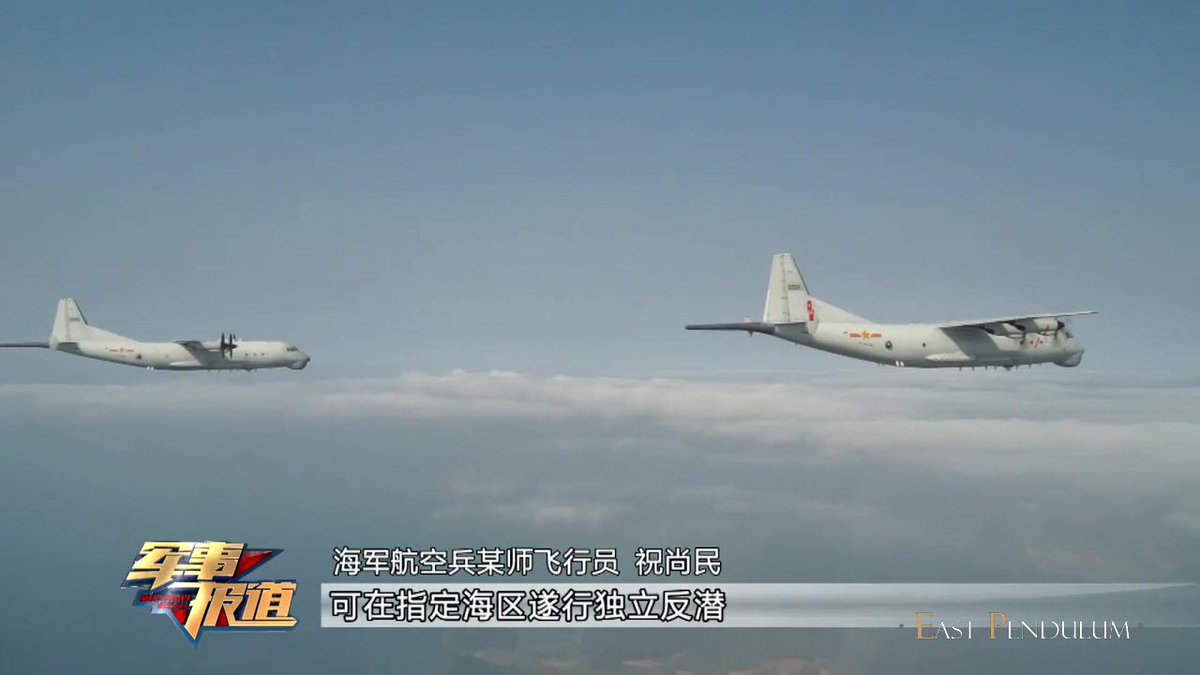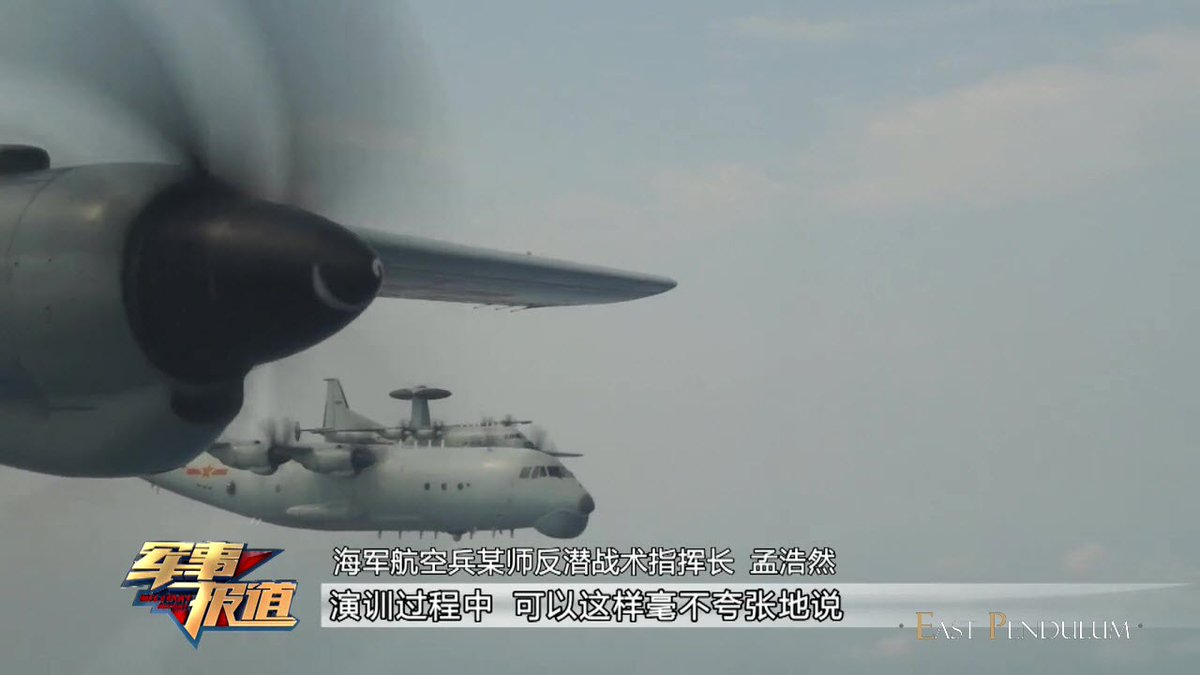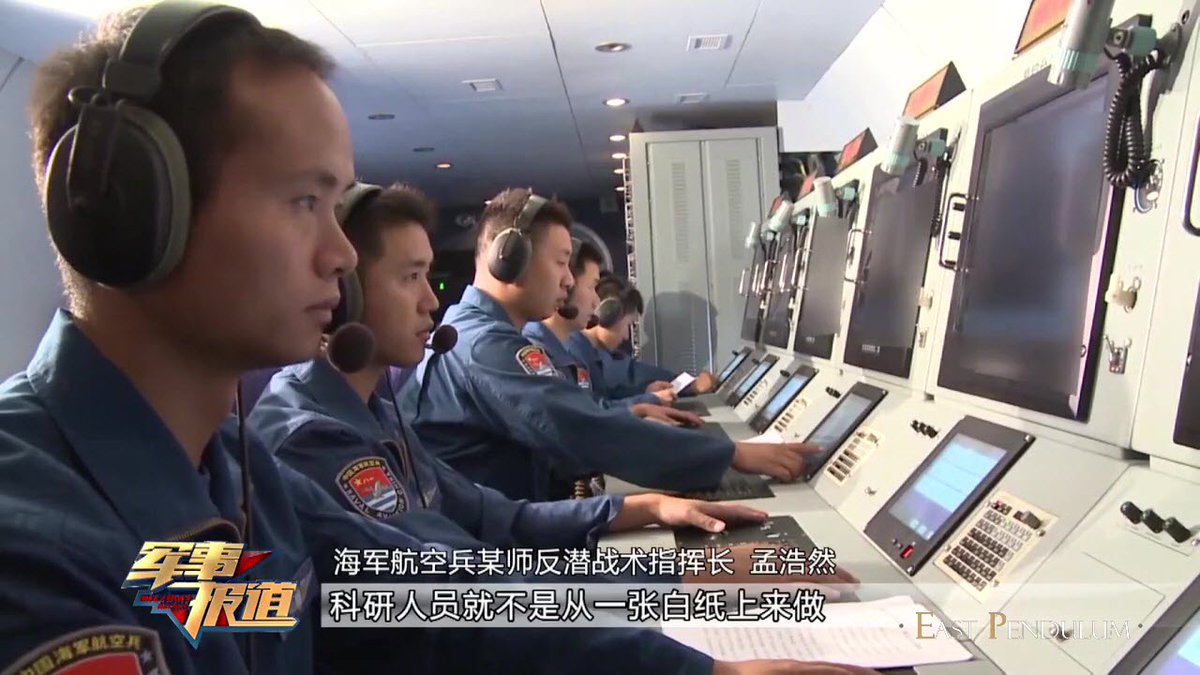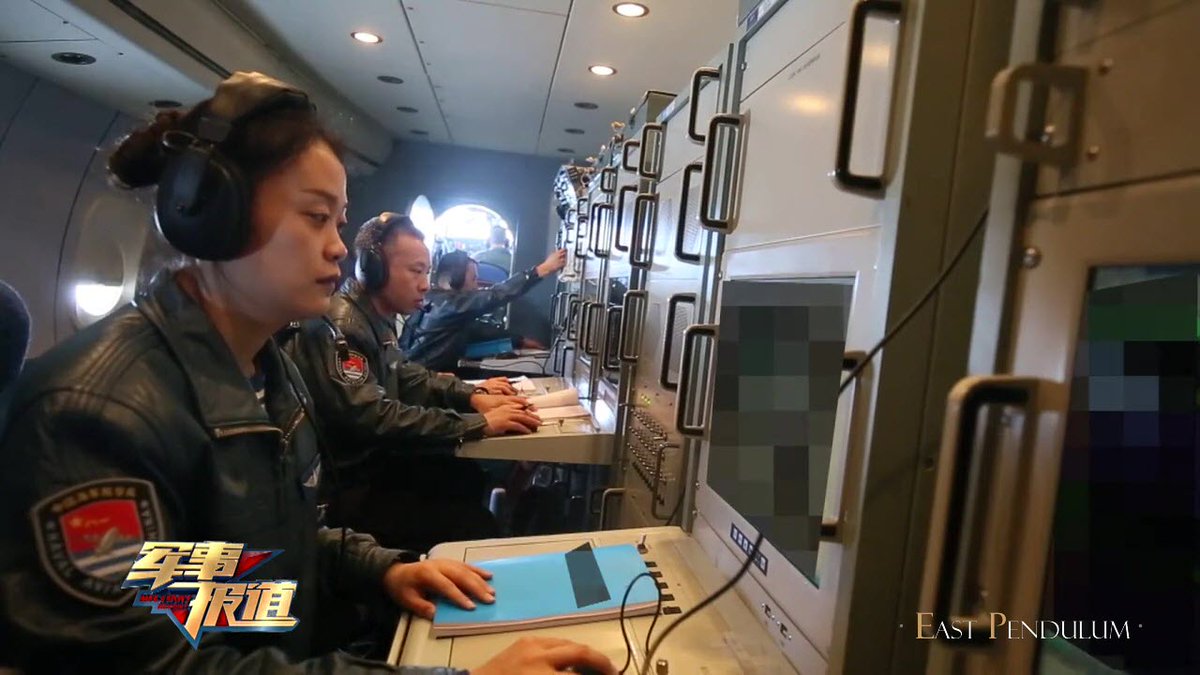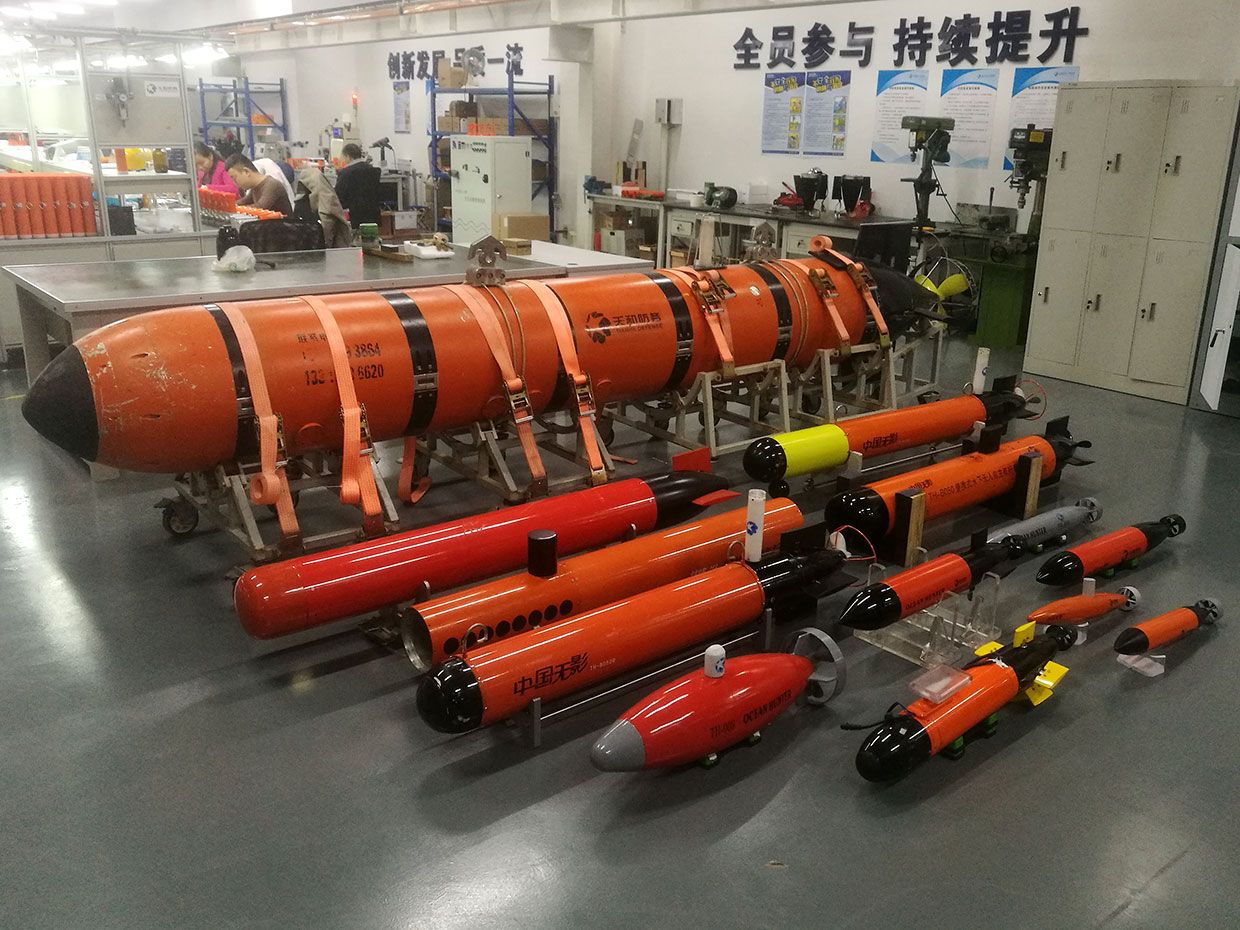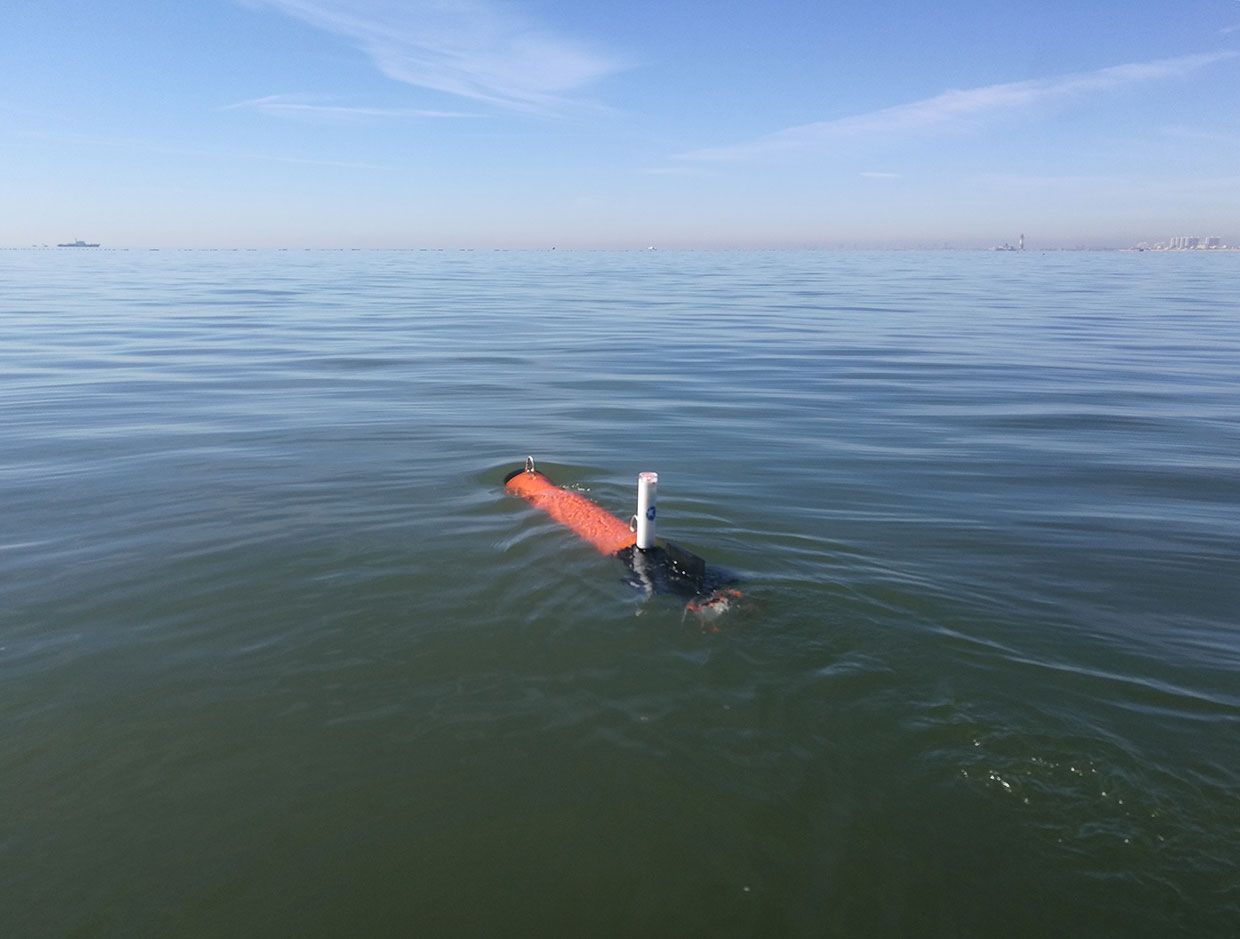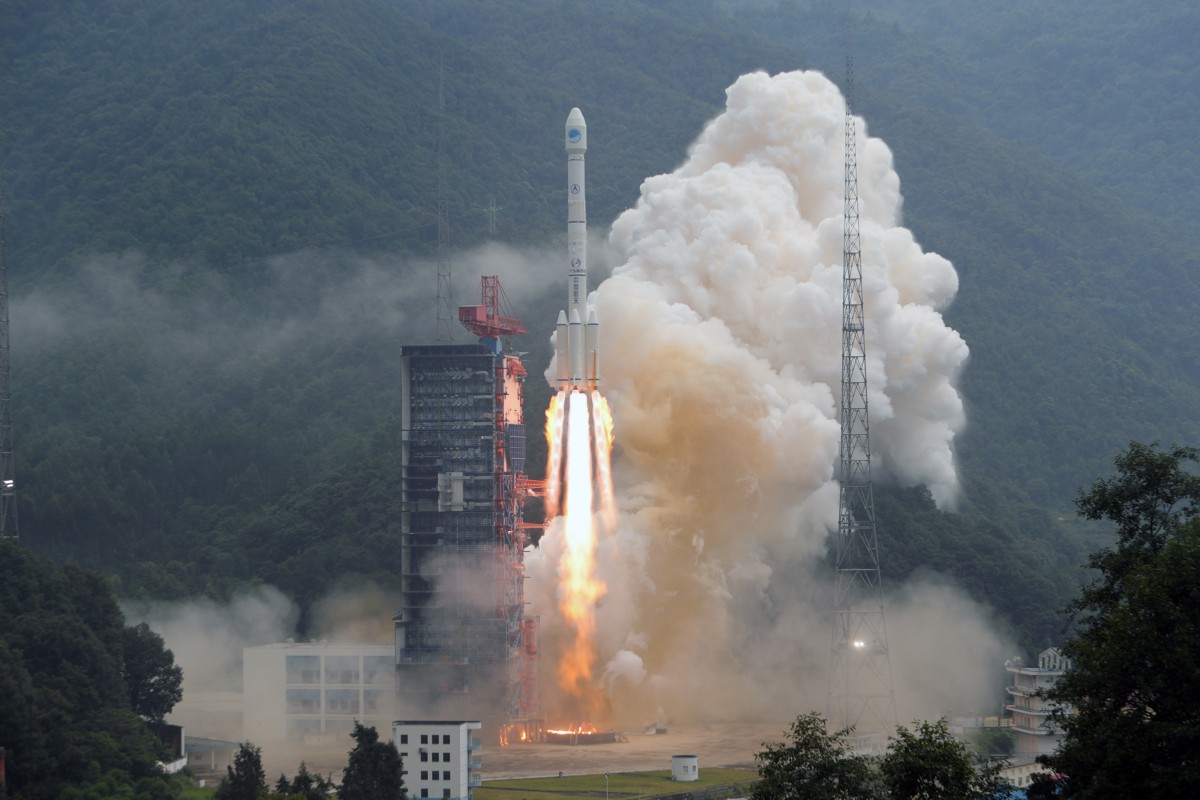This is interesting article on how china can improve the efficiency of data collection of submersible sensor
via JSCh
A new protocol salvages valuable data if one autonomous underwater vehicle fails in a fleet
By Michelle Hampson
Photo: Guangjie Han
The ocean’s depths have long remained mysterious—a dark abyss where few humans go. But we still have a stake in this alien environment; scientists want to know where pockets of pollution are worst, and where earthquakes occur along the sea floor. Passive sensors can collect such data, but transmitting it in this murky environment is a challenge.
at Hohai University and his colleagues have proposed a new approach for how autonomous underwater vehicles (AUVs) patrolling those depths can better collect data from these sensors.
was published 27 March in
.
Photo: Guangjie Han
The launching of the “C-shark” autonomous underwater vehicle in the East China Sea.
Each sensor, referred to as a node, sits stationary while it collects data. Meanwhile, a fleet of AUVs is dispatched across the network on a predetermined trajectory to collect data from each node.
Radio waves are absorbed by water, so underwater sensors and vehicles typically transmit and receive information by using acoustic signals. But sound waves cannot travel as fast or as far in water as radio waves can in the air.
And with more AUVs comes more challenges. “Particularly, it is difficult to communicate directly and synchronize the information among AUVs, due to the poor quality of underwater acoustic communication and short communication range,” Han says.
What’s more, nodes that are not close to the projected path of an AUV must relay their data to other nodes that will be close enough to an AUV to transmit it. This creates “hot regions” in the network, where some nodes are overburdened and may run out of energy and die. As Han says, “After some nodes in a hot region die, a node near the hot region may not be able to find a neighbor node to communicate [with], resulting in the data loss.”
In the new proposed approach, called HAMA (High-Availability data collection scheme based on Multi-AUVs), AUVs are able to adjust their trajectories to alleviate the hot region problem. As well, HAMA has a malfunction discovery and repair mechanism, to avoid data loss when some AUVs malfunction. If a node trying to send its data to an AUV discovers that the AUV has failed, it uses a multi-hop communication approach to inform the other nodes. Functioning AUVs then take the place of the broken-down AUV in collecting data.
Photo: Guangjie Han
An autonomous underwater vehicle cruises through the water.
The researchers tested their approach in a number of simulations. Han says, “The simulation results show that, compared with the other algorithms or schemes, by adopting HAMA, the network lifetime is prolonged, the energy consumption of the nodes is reduced and balanced, and the packet delivery ratio is increased.”
Although this approach does have many advantages, it also results in a greater delay time for the information to be received, compared to the other approaches in this study. This could be problematic at times when it’s important to have updated information—say, if an underwater volcano is erupting. Han and his team plan to address this issue in future work.
“We think that the network delay is mainly caused by the data transmission time, the data processing time, and the movement of AUVs. So, in the future, we will reduce the network delay from these aspects,” he says.





